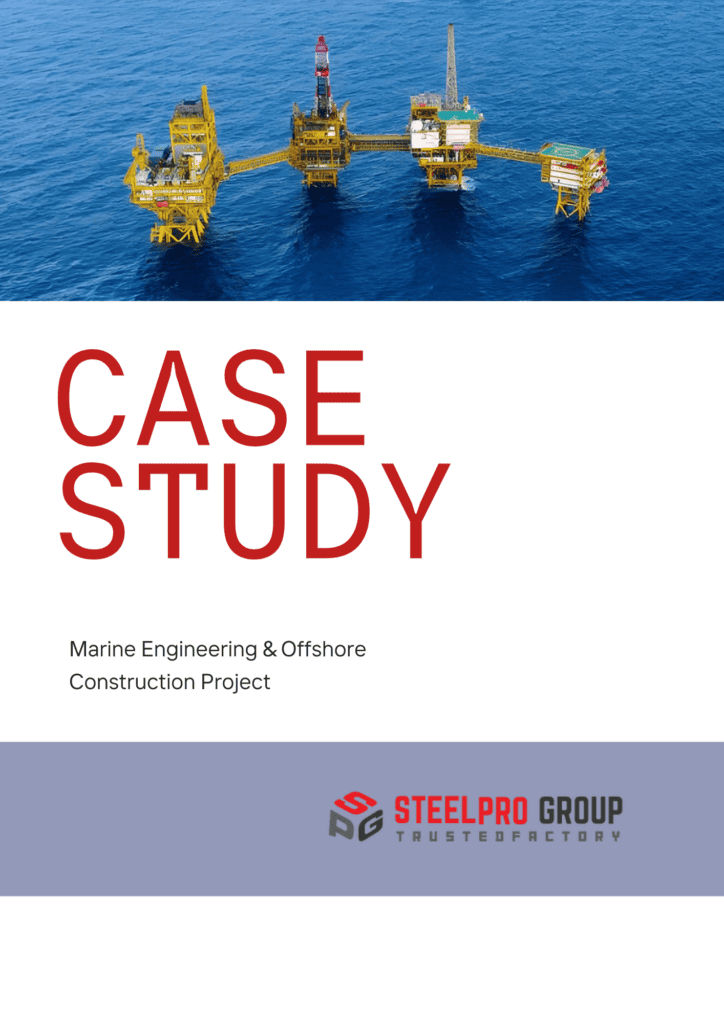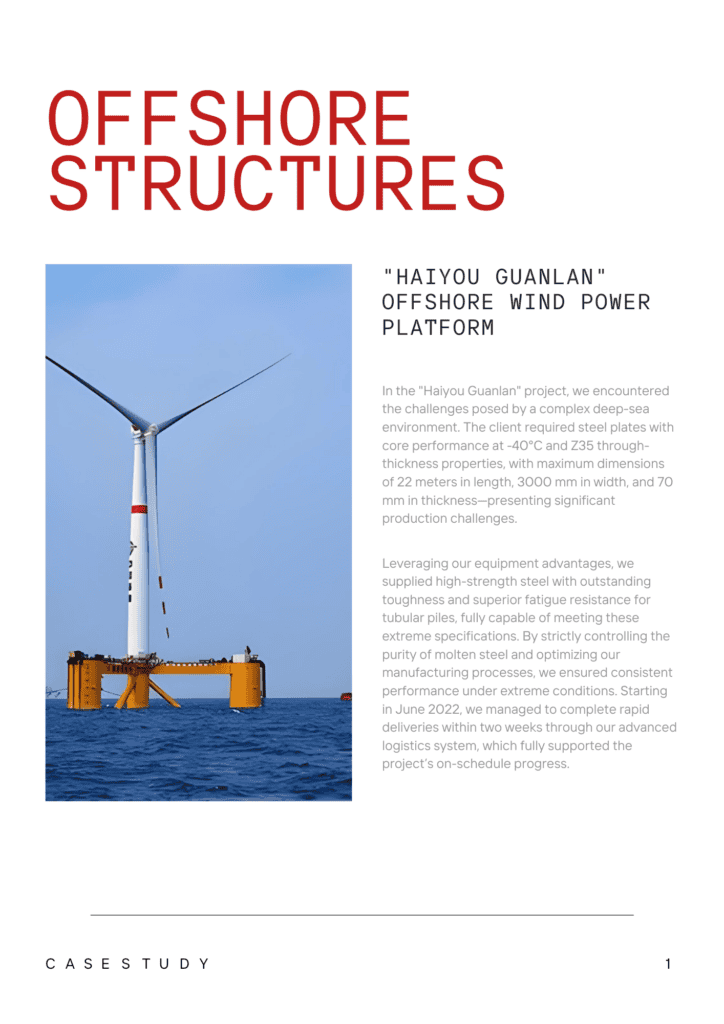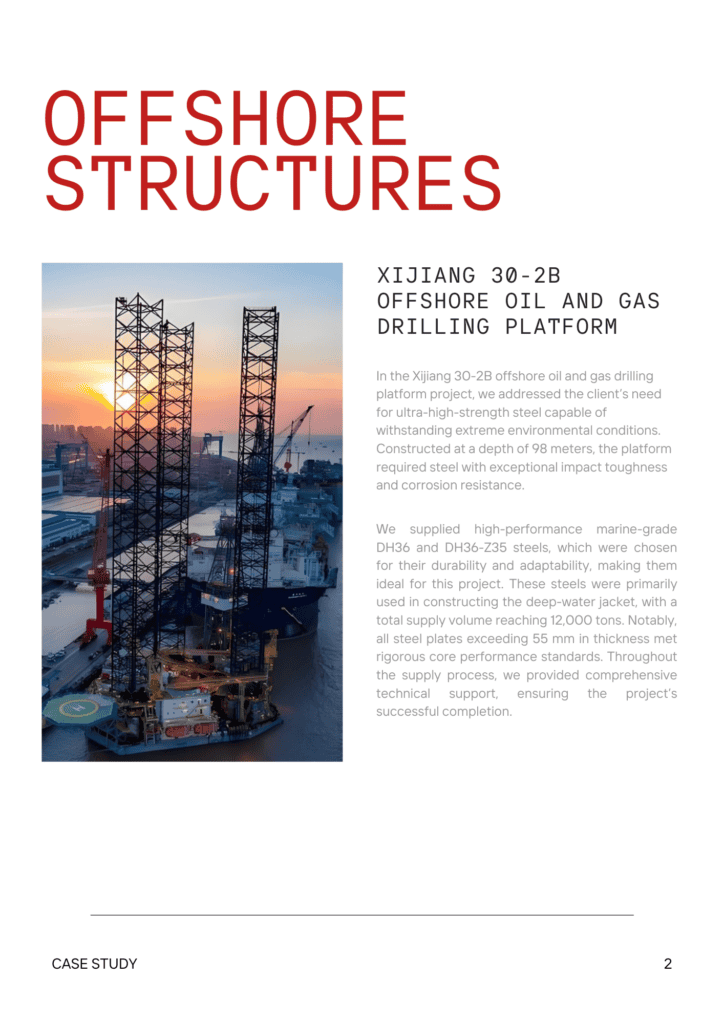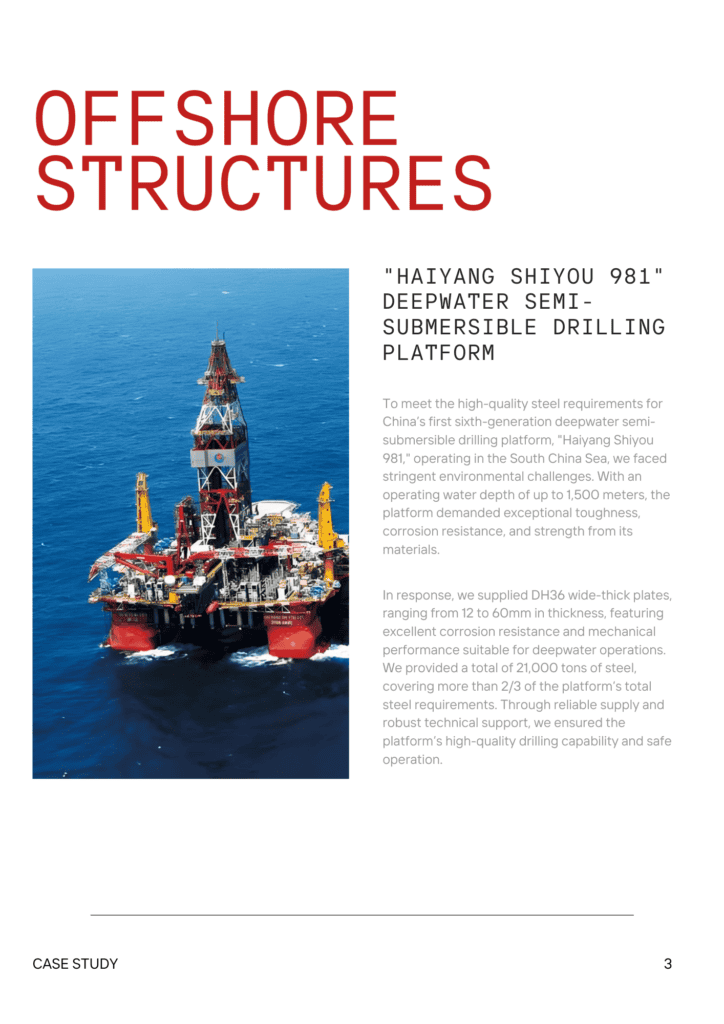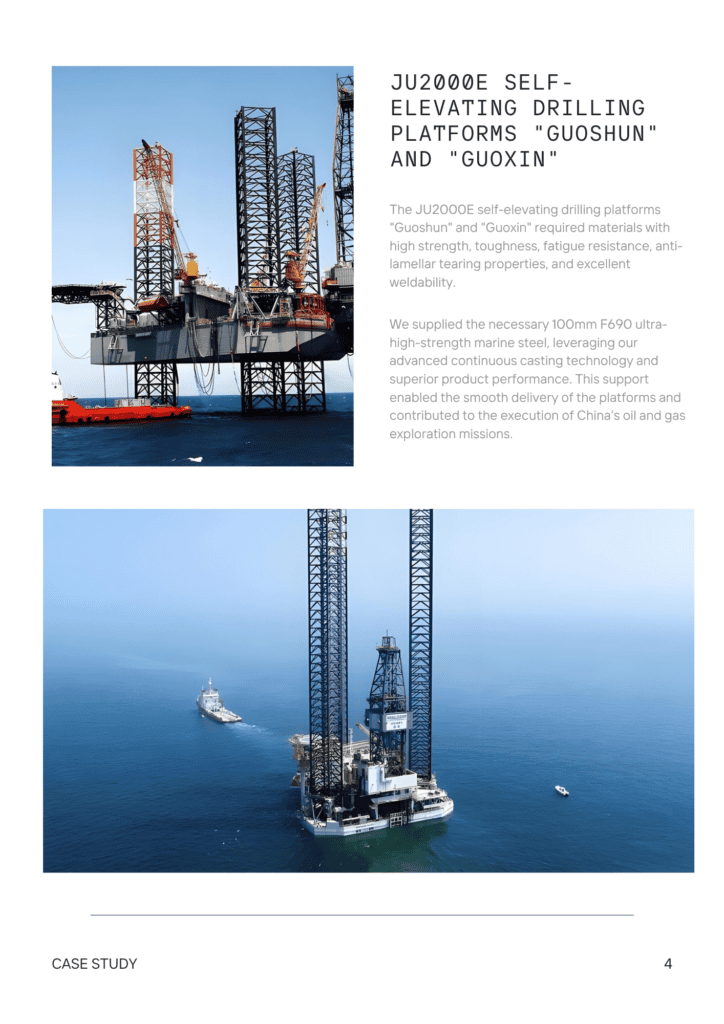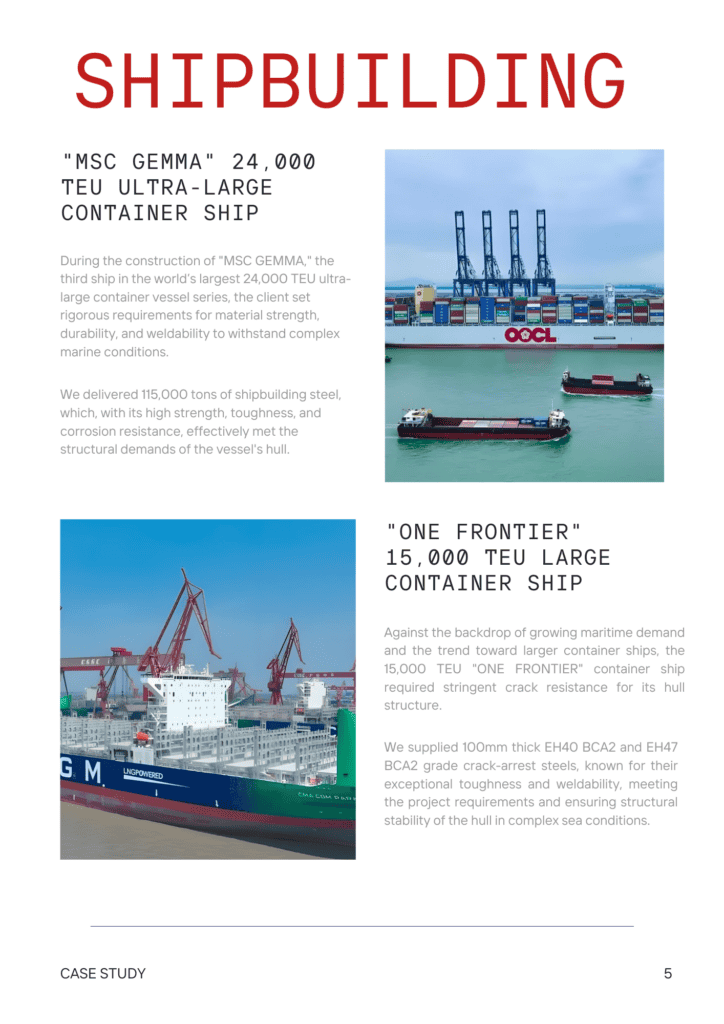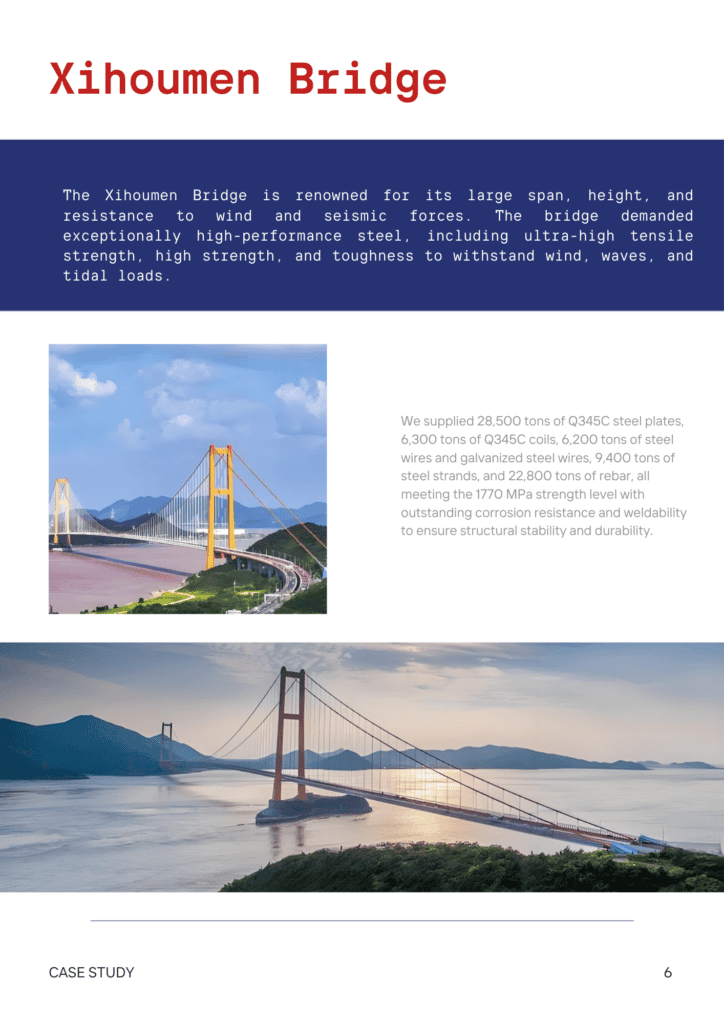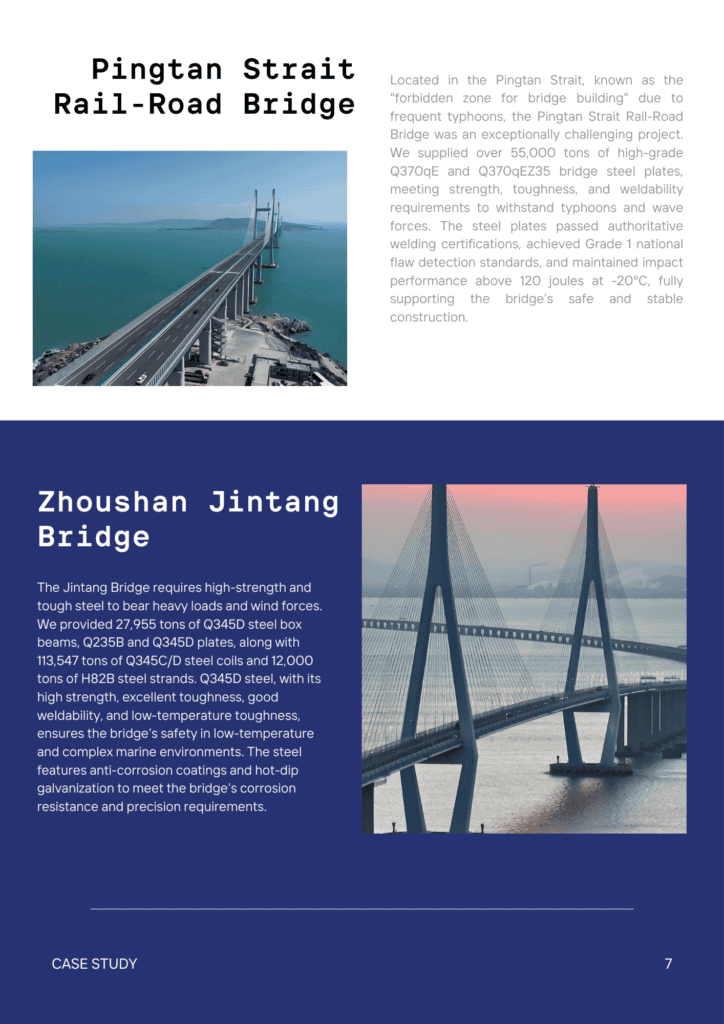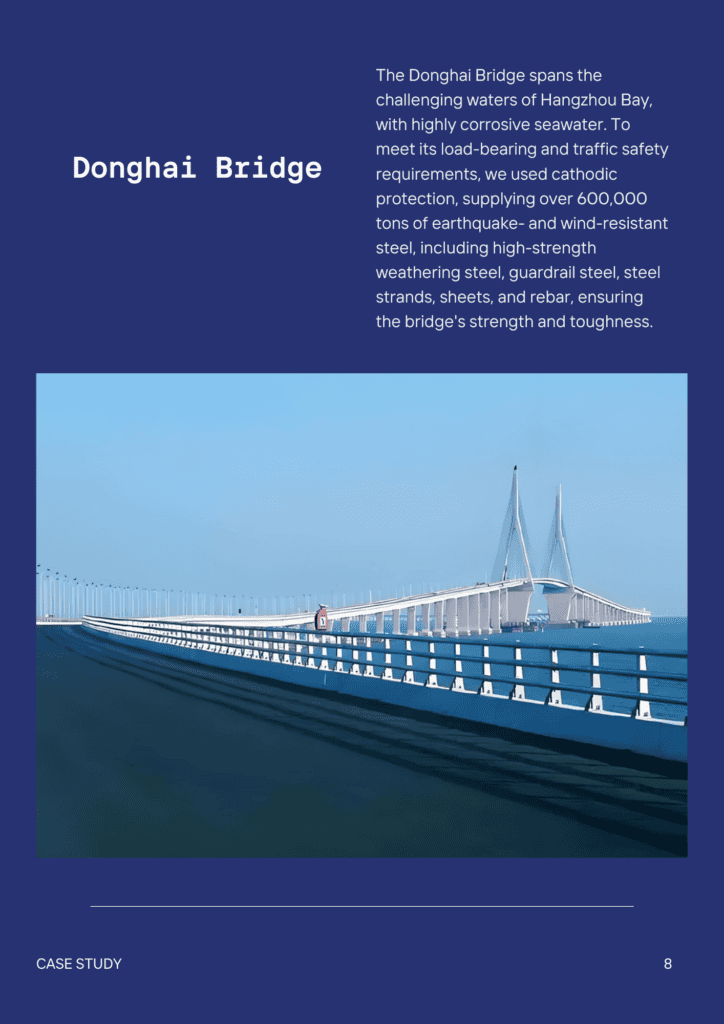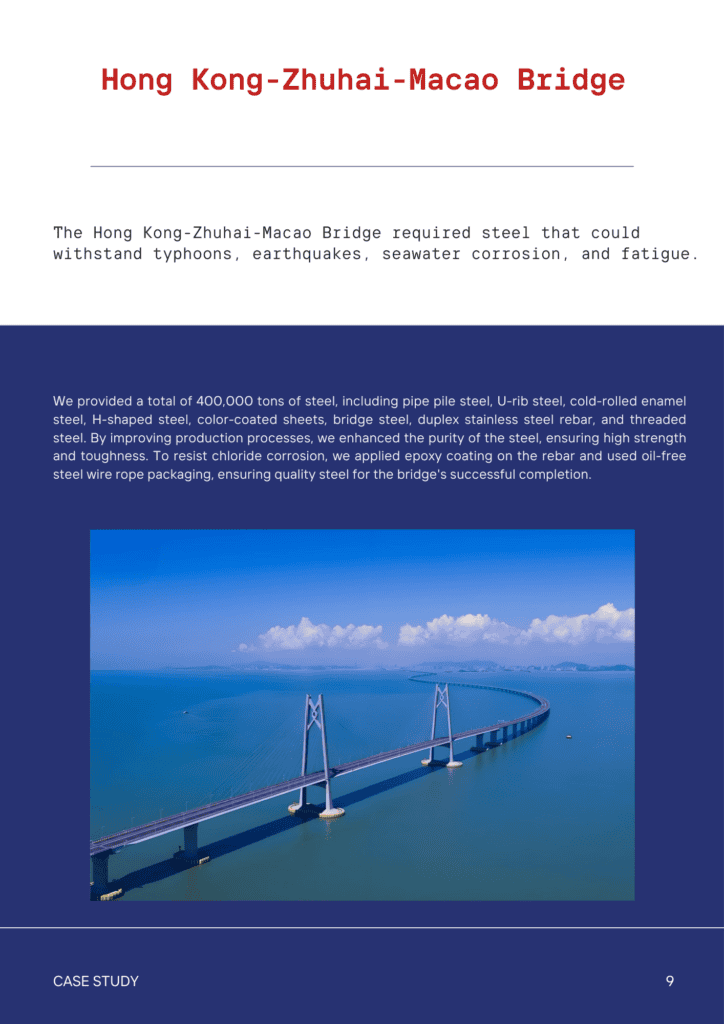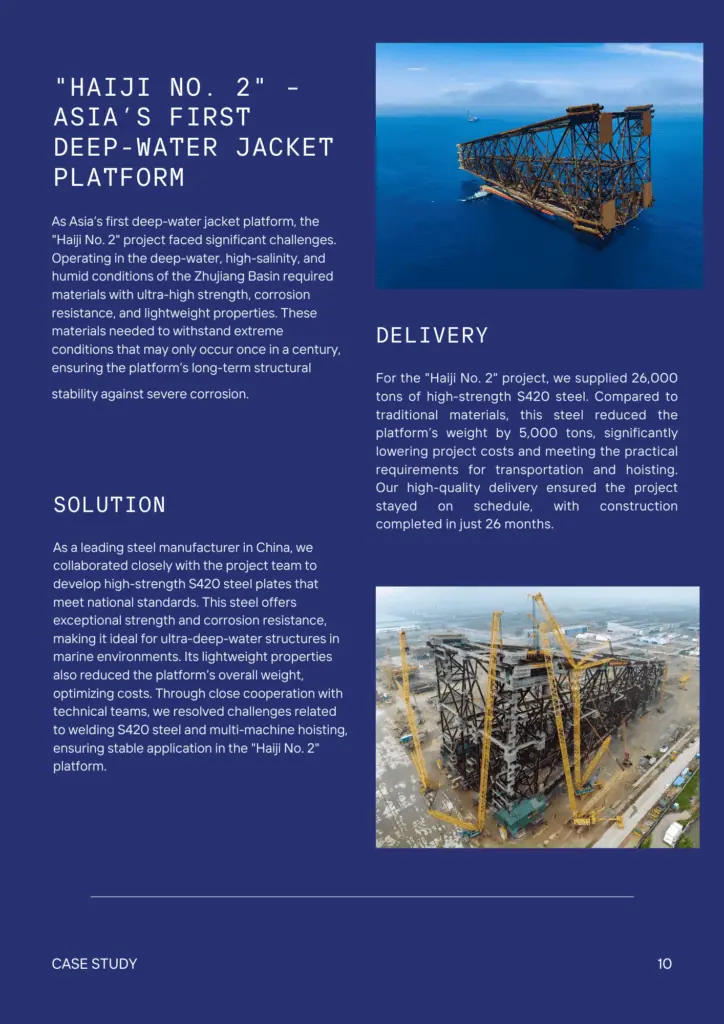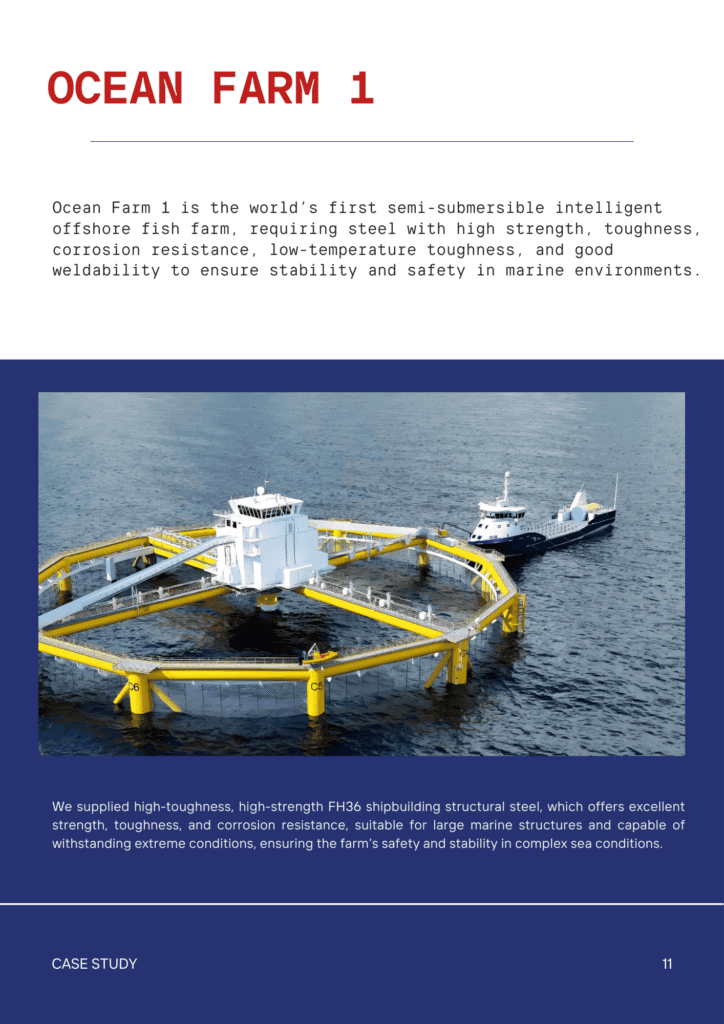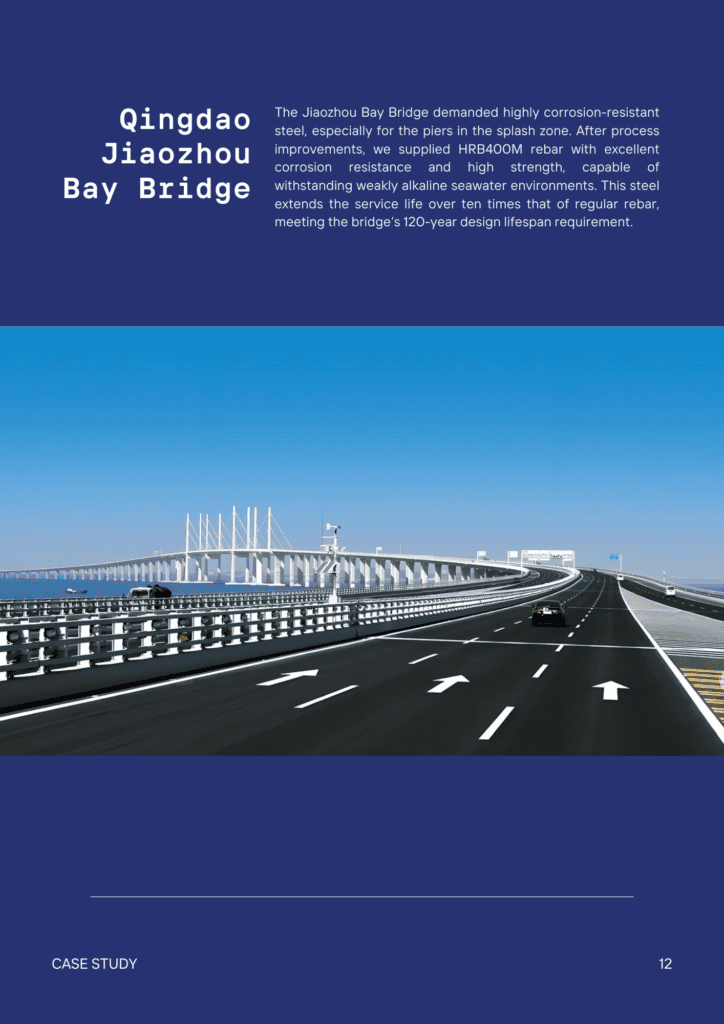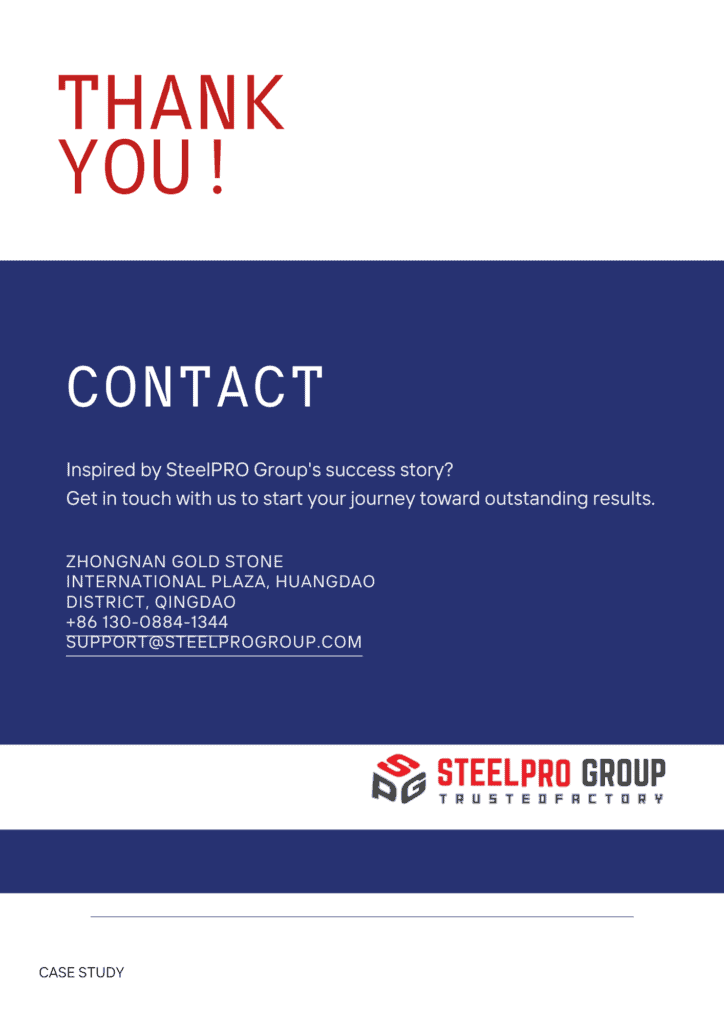Inhalt
Arten von verzinktem Stahl: Unterschiede und Verwendungsmöglichkeiten erklären
- John
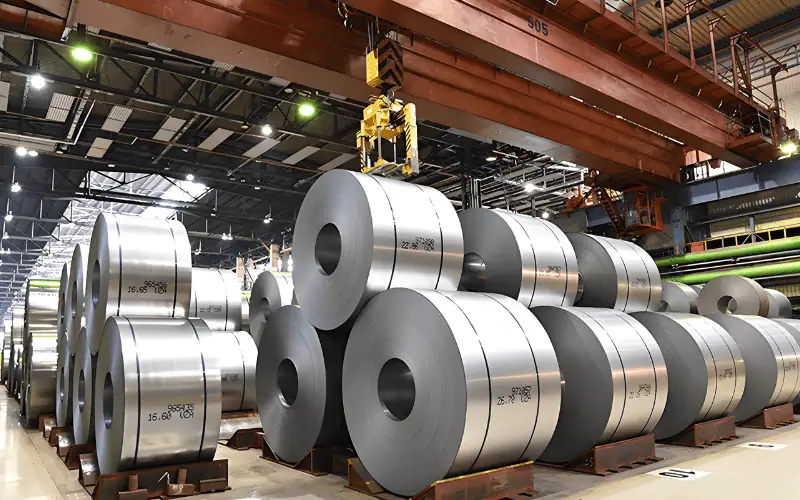
Verzinkter Stahl ist in verschiedenen Ausführungen erhältlich und wird für unterschiedliche Anwendungen, Leistungsanforderungen und Produktionsbeschränkungen entwickelt. Dazu gehören feuerverzinkter, elektrolytisch verzinkter, Galvannealing-, sherardisierter und kontinuierlich verzinkter Stahl.
Dieser Artikel untersucht die verschiedenen Arten von verzinktem Stahl, ihre Eigenschaften und ihre Anwendung in verschiedenen Branchen. Außerdem geben wir einen Überblick über kaltverzinkten Stahl.
Was ist verzinkter Stahl?
Verzinkter Stahl ist mit einer Zinkschicht überzogen, um Korrosion zu verhindern und die Lebensdauer zu verlängern. Er wird durch Normen wie ASTM A653, EN 10346 und JIS G3302 definiert, die Schichtdicke und mechanische Eigenschaften festlegen. Gängige Güten wie DX51D+Z und SGCC werden im Bauwesen, in der Automobilindustrie, bei Haushaltsgeräten und in der Landwirtschaft eingesetzt, wo Haltbarkeit und Rostbeständigkeit entscheidend sind.
Übersicht über verschiedene Arten von verzinktem Stahl
Die folgende Tabelle bietet einen übersichtlichen Vergleich verschiedener verzinkter Stahlsorten. Dickere Beschichtungen bieten im Allgemeinen einen besseren Korrosionsschutz. Nutzen Sie diesen Leitfaden, um die Optionen effizient zu vergleichen und den am besten geeigneten Stahl für Ihre Anforderungen auszuwählen.
| Typen | Typische Beschichtungsdicke | Kosten | Verwendet | Lebenserwartung |
| Feuerverzinkter Stahl | 1,0 – 4,0 mil | Mäßig | Strukturbauteile, Außenanwendungen | 20-50 Jahre |
| Elektrolytisch verzinkter Stahl | 0,1 – 0,5 mil | Niedrig | Fahrzeugpaneele, Haushaltsgeräte | 10-15 Jahre |
| Galvannealed-Stahl | 0,6 – 1,0 mil | Mäßig | Schweißpflichtige Teile, Automobil | 15-25 Jahre |
| Kontinuierlich verzinkter Stahl | 0,2 – 1,5 mil | Mäßig | Dachdeckung, Fassadenverkleidung, Baumaterialien | 20-30 Jahre |
| Sherardisierter Stahl | 0,5 – 2,0 mil | Hoch | Verbindungselemente, kleine Präzisionsteile | 10-20 Jahre |
Feuerverzinkter Stahl
Feuerverzinkter Stahl ist Kohlenstoffstahl, der durch Eintauchen in geschmolzenes Zink mit Zink beschichtet wird. Dadurch entsteht eine haltbare und korrosionsbeständige Schicht. Die Oberfläche weist ein charakteristisches, glitzerndes oder mattes Finish auf. Diese Stahlsorte entspricht internationalen Standards wie: ASTM A123, EN ISO 1461und JIS H8641, mit beliebten Qualitäten wie S235JR+Z und DX51D+Z.
In der Vergangenheit wurde feuerverzinktem Stahl Blei zugesetzt, um die Fließfähigkeit des Zinks und die Gleichmäßigkeit der Beschichtung zu verbessern. Aus gesundheitlichen und ökologischen Gründen wurde auf Blei verzichtet, da moderne Verfahren heute strengere Sicherheits- und Nachhaltigkeitsstandards einhalten.
Verfahren zur Feuerverzinkung von Stahl
Der Prozess beginnt mit der Reinigung des Stahls durch Entfetten, Beizen und Flussmittelbehandlung, um Verunreinigungen zu entfernen. Anschließend wird der Stahl bei etwa 450 °C (842 °F) in geschmolzenes Zink getaucht. Dadurch bilden sich eine metallurgische Verbindung und mehrere Schutzschichten, darunter eine Zink-Eisen-Legierung und eine reine Zinkbeschichtung.
Eigenschaften von feuerverzinktem Stahl
- Korrosionsbeständigkeit: Bietet dank seiner dicken Zinkbeschichtung außergewöhnlichen Schutz im Außenbereich und in rauen Umgebungen.
- Langlebigkeit: Die metallurgische Bindung zwischen Zink und Stahl erhöht die Langlebigkeit und Verschleißfestigkeit der Beschichtung.
- Gleichmäßige Beschichtung: Sorgt für eine vollständige Abdeckung, einschließlich Ecken und Kanten, und minimiert Schwachstellen.
- Selbstheilung: Zink fungiert als Opferanode und schützt freiliegenden Stahl im Falle kleinerer Schäden.
- Geringer Wartungsaufwand: Benötigt wenig Wartung und reduziert so die langfristigen Wartungskosten.
Anwendungen von feuerverzinktem Stahl
- Bauwesen: Wird aufgrund seiner Festigkeit und Korrosionsbeständigkeit in Brücken, Leitplanken, Dächern und Strukturträgern verwendet.
- Automobilindustrie: Wird häufig in Fahrgestellteilen, Unterbodenkomponenten und anderen exponierten Bereichen angewendet.
- Energieinfrastruktur: Wird in Sendemasten, Windturbinen und Solarpanelhalterungen für den langfristigen Einsatz im Freien verwendet.
- Landwirtschaft: Ideal für Zäune, Silos und Bewässerungsgeräte, die Erde und Witterungseinflüssen ausgesetzt sind.
- Marine: Wird aufgrund seiner Beständigkeit gegen Salzwasserkorrosion in Docks, Piers und Offshore-Plattformen eingesetzt.
Einschränkungen von feuerverzinktem Stahl
Die dicke Beschichtung von feuerverzinktem Stahl eignet sich nicht für Präzisionsteile oder glatte Oberflächen. Hohe Temperaturen können dünne Strukturen verziehen, und die Innenflächen von Hohlprofilen können ungleichmäßig beschichtet sein. In abrasiven oder säurehaltigen Umgebungen ist die Beschichtung weniger haltbar und kann für kleine oder spezielle Anwendungen kostspielig sein.
Galvanisch verzinkter Stahl
Elektroverzinkter Stahl ist Stahl, der durch ein galvanisches Verfahren mit Zink beschichtet wird. Das Ergebnis ist eine dünne, glatte und gleichmäßige Zinkschicht. Er entspricht internationalen Standards wie: ASTM A879, EN 10152und JIS G3313, mit gängigen Noten einschließlich SECC und DX54D+ZE.
Verfahren zur galvanischen Verzinkung von Stahl
Beim galvanischen Verzinken wird Stahl in eine Zinkelektrolytlösung getaucht und unter Strom gesetzt, um eine dünne, gleichmäßige Zinkschicht aufzutragen. Dieses Verfahren gewährleistet eine glatte Oberfläche, Korrosionsbeständigkeit und eine präzise Kontrolle der Schichtdicke.
Eigenschaften von galvanisch verzinktem Stahl
- Glatte Oberfläche: Sorgt für ein gleichmäßiges Finish, das sich ideal zum Streichen und für ästhetische Anwendungen eignet.
- Dünne Beschichtung: Ermöglicht eine präzise Kontrolle der Dicke für Kosteneffizienz und Gewichtsreduzierung.
- Mäßige Korrosionsbeständigkeit: Geeignet für Innenräume oder Umgebungen mit geringer Korrosion.
- Gute Verarbeitbarkeit: Bietet hervorragende Formbarkeit für Stanz- und Formgebungsprozesse.
- Verbesserte Schweißbarkeit: Dünne Beschichtungen minimieren die Herausforderungen beim Schweißen.
Anwendungen von galvanisch verzinktem Stahl
- Automobilindustrie: Wird häufig für Karosserieteile, Innenräume und Komponenten verwendet, die eine glatte, lackierbare Oberfläche erfordern.
- Haushaltsgeräte: Ideal für Kühlschränke, Waschmaschinen und andere Produkte, die eine saubere und langlebige Oberfläche erfordern.
- Elektronik: Wird in Gehäusen und Verkleidungen für Geräte verwendet, bei denen es auf Präzision und Aussehen ankommt.
- Möbel: Wird aufgrund seiner Ästhetik und Korrosionsbeständigkeit in Büromöbeln und Lagersystemen verwendet.
Einschränkungen von galvanisch verzinktem Stahl
Die dünne Zinkbeschichtung von elektrolytisch verzinktem Stahl bietet nur eine begrenzte Korrosions- und Abriebfestigkeit und ist daher für raue Außenbedingungen ungeeignet. Zudem ist sie für Anwendungen, die dickere Beschichtungen erfordern, weniger kosteneffizient, sodass ihr Einsatz auf kontrollierte Umgebungen beschränkt ist, in denen Optik und Präzision im Vordergrund stehen.
Galvannealed-Stahl
Galvannealed-Stahl ist feuerverzinkter Stahl, der einem zusätzlichen Glühprozess unterzogen wird, um eine Beschichtung aus einer Zink-Eisen-Legierung zu erzeugen. Er erfüllt internationale Standards wie: ASTM A653, EN 10346und JIS G3317, mit gängigen Noten einschließlich A40, A60und DX56D+ZF.
Verfahren zur Herstellung von galvanisiertem Stahl
Galvannealed-Stahl wird durch Feuerverzinken und anschließendes Erhitzen auf 500–600 °C in einem Glühofen hergestellt. Durch dieses Verfahren entsteht eine Zink-Eisen-Legierungsschicht mit einer haltbaren, matten Oberfläche, die schweißbar und lackierbar ist.
Eigenschaften von Galvannealed-Stahl
- Mattes Finish: Bietet eine ideale Oberfläche zum Streichen ohne zusätzliche Vorbereitung.
- Verbesserte Haftung: Die Legierungsbeschichtung verbindet sich fest mit dem Stahl und sorgt so für eine lange Haltbarkeit.
- Mäßige Korrosionsbeständigkeit: Etwas weniger widerstandsfähig als reine Zinkbeschichtungen, aber für viele Umgebungen geeignet.
- Hohe Härte: Die Zink-Eisen-Legierung ist härter als reines Zink und bietet eine bessere Abriebfestigkeit.
Anwendungen von Galvannealed-Stahl
- Autoindustrie: Wird in Karosserieteilen, Rahmen und Strukturteilen verwendet, die schweißbar und lackierbar sein müssen.
- Geräte: Ideal für Waschmaschinen, Trockner und andere Haushaltsgeräte, bei denen eine glatte, lackierbare Oberfläche benötigt wird.
- Bauwesen: Wird aufgrund seiner Haltbarkeit und einfachen Beschichtung in Decken, Paneelen und Trennwänden verwendet.
- Elektrische Gehäuse: Bevorzugt für Schaltkästen und Schränke, die eine starke Haftung für Lackierung und Korrosionsschutz erfordern.
- Möbel: Wird aufgrund seiner Kombination aus Festigkeit und ästhetischen Eigenschaften in Büromöbeln und Regalen verwendet.
Einschränkungen von Galvannealed-Stahl
Galvannealed-Stahl weist eine geringere Korrosionsbeständigkeit als reine Zinkbeschichtungen auf, neigt beim Tiefziehen zur Rissbildung und weist nicht die glänzende Oberfläche anderer verzinkter Optionen auf.
Kontinuierlich verzinkter Stahl
Kontinuierlich verzinkter Stahl ist Stahl, der in einem kontinuierlichen Produktionsprozess mit Zink beschichtet wird, wodurch eine gleichmäßige Dicke und Qualität gewährleistet wird. Er entspricht internationalen Standards wie ASTM A653, EN 10346und JIS G3302, mit beliebten Qualitäten wie DX51D+Z und G90.
Verfahren zur kontinuierlichen Verzinkung von Stahl
Stahlbänder werden kontinuierlich durch ein geschmolzenes Zinkbad geführt, wodurch eine dünne, gleichmäßige Beschichtung entsteht. Luftmesser kontrollieren die Dicke und die Beschichtung wird schnell abgekühlt, um zu erstarren. Dies gewährleistet eine gleichmäßige Qualität und hohe Produktionseffizienz.
Eigenschaften von kontinuierlich verzinktem Stahl
- Korrosionsbeständigkeit: Bietet wirksamen Schutz in verschiedenen Umgebungen, insbesondere bei leichten bis mäßigen Bedingungen.
- Hohe Effizienz: Der kontinuierliche Prozess unterstützt die Produktion im großen Maßstab mit minimalem Abfall.
- Oberfläche: Glatt und sauber, ideal für die Weiterverarbeitung wie Lackieren oder Formen.
- Kostengünstig: Eine effiziente Produktion senkt die Kosten bei gleichbleibend hoher Qualität.
Anwendungen von kontinuierlich verzinktem Stahl
- Automobilindustrie: Wird häufig für Karosserieteile, Dächer und Strukturkomponenten verwendet, die ein geringes Gewicht und Korrosionsbeständigkeit erfordern.
- Bauwesen: Ideal für Dachplatten, Wandverkleidungen und Stahlrahmen in Wohn- und Geschäftsgebäuden.
- Geräte: Wird aufgrund seiner sauberen Oberfläche und Haltbarkeit in Waschmaschinen, Klimaanlagen und Küchengeräten verwendet.
- Elektroindustrie: Geeignet für Kabeltrassen, Gehäuse und andere Komponenten, die Umgebungen mit geringer Korrosion ausgesetzt sind.
Einschränkungen von durchgehend verzinktem Stahl
Kontinuierlich verzinkter Stahl hat eine dünne Zinkbeschichtung, die eine mäßige Korrosionsbeständigkeit bietet und für raue Umgebungen ungeeignet ist. Die glatte Oberfläche kann zudem die Lackhaftung beeinträchtigen, und die dünne Beschichtung ist unter extremen Bedingungen weniger haltbar und erfordert mehr Wartung.
Sherardisierter Stahl
Sherardisierter Stahl ist eine Art verzinkter Stahl, der durch ein Trockendiffusionsverfahren mit Zink beschichtet wird, wodurch eine gleichmäßige Zink-Eisen-Legierungsschicht entsteht. Er entspricht Normen wie ISO 17668 und wird häufig für kleine Komponenten wie Befestigungselemente und Beschläge verwendet.
Verfahren zur Herstellung von sherardisiertem Stahl
Beim Sherardisieren werden Stahlteile in einem geschlossenen Behälter mit Zinkpulver auf 300–450 °C erhitzt. Zink verdampft und diffundiert in die Stahloberfläche, wodurch eine haltbare Zink-Eisen-Legierung entsteht. Dieses Verfahren gewährleistet eine gleichmäßige Beschichtung und ist ideal für kleine, komplexe Teile.
Eigenschaften von sherardisiertem Stahl
- Gleichmäßige Beschichtung: Sorgt für eine gleichmäßige Abdeckung, auch bei unregelmäßigen Formen und kleinen Komponenten.
- Hohe Korrosionsbeständigkeit: Besonders wirksam in rauen Umgebungen, einschließlich Meeres- und Industrieumgebungen.
- Abnutzungswiderstand: Die Legierungsbeschichtung ist härter und verschleißfester als reines Zink.
- Umweltfreundlicher Prozess: Bei der Trockenmethode entstehen keine flüssigen Abfälle und sie ist somit umweltfreundlich.
Anwendungen von sherardisiertem Stahl
- Befestigungselemente und Schrauben: Wird für Schrauben, Muttern und andere Hardware verwendet, die Feuchtigkeit oder korrosiven Umgebungen ausgesetzt sind.
- Rohrverbindungsstücke: Bevorzugt für Gewindekomponenten in Sanitär- und Industriepipelines.
- Landwirtschaftliche Werkzeuge: Wird auf kleine Geräteteile angewendet, die Haltbarkeit und Wetterbeständigkeit erfordern.
- Elektrische Komponenten: Wird in Verbindungsstücken und anderen kleinen Armaturen verwendet, die Präzision und Schutz erfordern.
Einschränkungen von sherardisiertem Stahl
Sherardisierter Stahl eignet sich aufgrund der begrenzten Prozessgröße für kleine Teile, da dünnere Beschichtungen in rauen Umgebungen weniger effektiv sind. Sherardisierter Stahl ist langsamer und teurer als andere Verfahren und weist eine matte Oberfläche auf, die möglicherweise nicht allen ästhetischen Anforderungen gerecht wird.
Was ist Kaltverzinkung?
Beim Kaltverzinken, auch Zinkbeschichtung genannt, wird zinkhaltiger Lack auf Stahloberflächen aufgetragen, um diese vor Korrosion zu schützen. Im Gegensatz zur echten Verzinkung fehlt dabei die metallurgische Bindung und der Stahl wird nicht als echter verzinkter Stahl eingestuft. Techniken wie mechanisches Plattieren, Sprühverzinken und Zinklackieren erzeugen eine Oberflächenbarriere zum Schutz.
Dieses Verfahren ist kostengünstig und einfach anzuwenden, bietet aber im Vergleich zur herkömmlichen Verzinkung nur eine mäßige Korrosionsbeständigkeit. Es wird häufig zur Reparatur verzinkter Oberflächen, zum kurzfristigen Schutz oder zur Instandhaltung von Stahl in Umgebungen mit minimalem Korrosionsrisiko eingesetzt.
Verschiedene Arten von Lieferanten für verzinkten Stahl
Steel Pro Group bietet eine vielfältige Auswahl an verzinkten Stahlprodukten, wie q235 Verzinkte Stahlspule und s235 Verzinktes Stahlblech. Wir sind in der Lage, alle Ihre Projektanforderungen im Bereich verzinkter Stahl mit außergewöhnlicher Qualität und Zuverlässigkeit zu erfüllen.
Die Steel Pro Group ist der Exzellenz verpflichtet und stellt sicher, dass jedes Produkt strenge Standards erfüllt. So bietet sie langlebige und leistungsstarke Lösungen für die Bereiche Bau, Automobil, Haushaltsgeräte und mehr.



